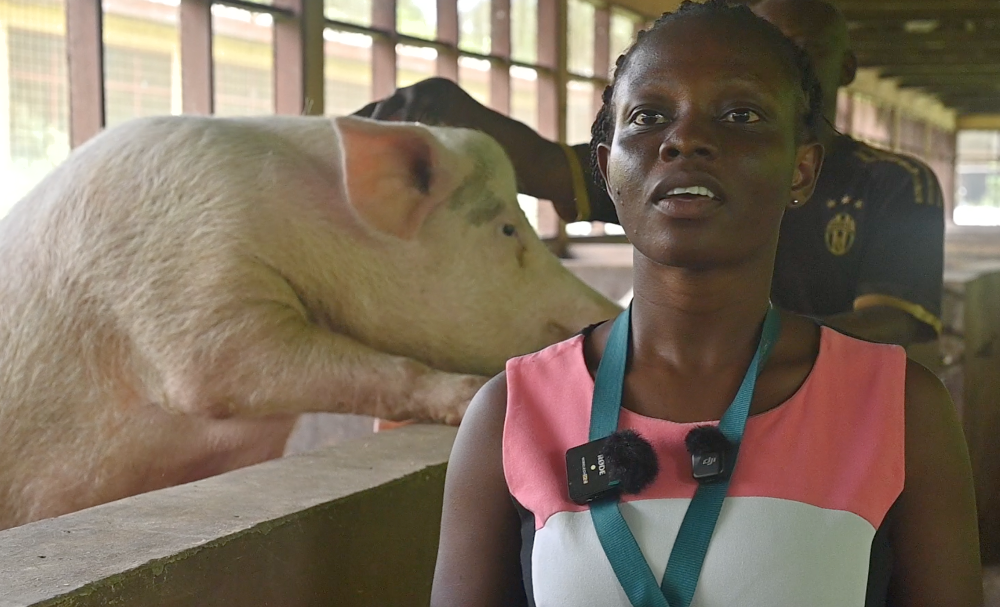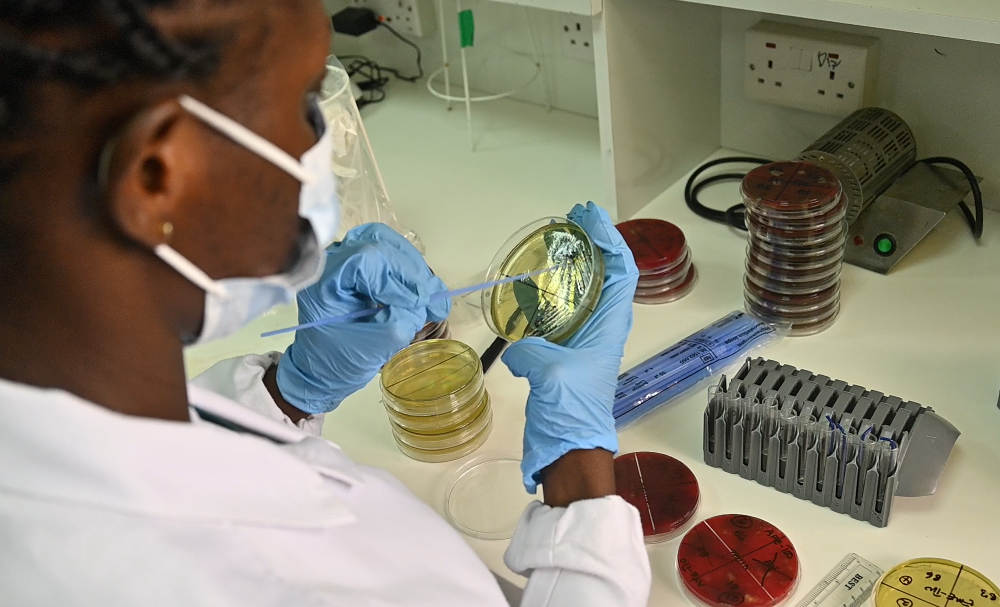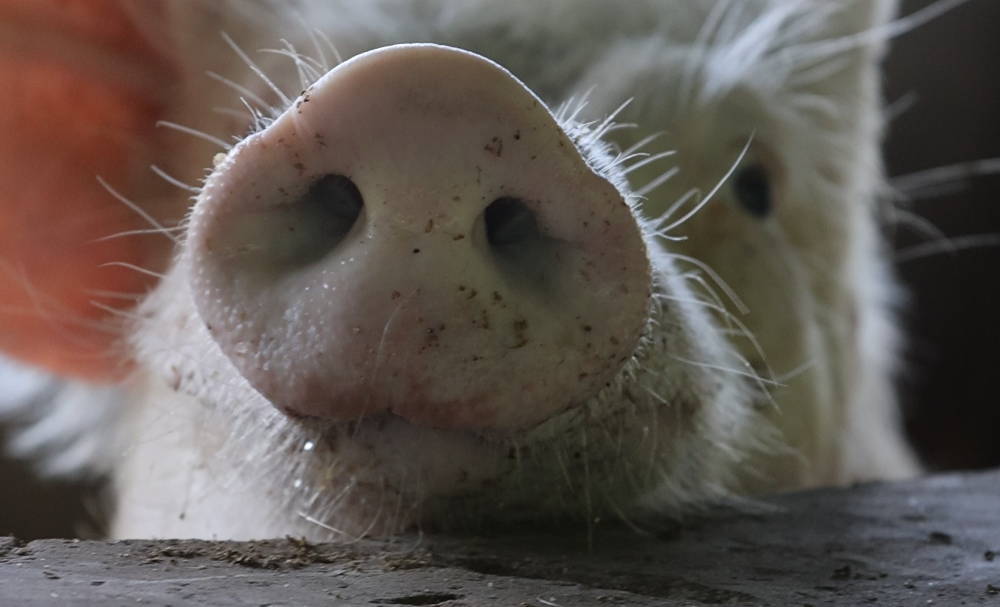When pigs' noses began hinting at a medical mystery, Charlotte Ama Tweneboa Adu knew she was onto something. A Research Assistant with the Global Health and Infectious Diseases Research Group at the Kumasi Centre for Collaborative Research in Tropical Medicine (KCCR) and a microbiologist, Charlotte's work has uncovered threads of drug-resistant bacteria lingering in an unsuspecting place; the noses of pigs in Ghana.
Her study, on 40 pig farms in the Greater Accra and Ashanti regions of Ghana, examines how livestock might be contributing to the rising risk of antimicrobial resistance (AMR).

"I was interested in knowing more about how farm animals, especially pigs, can spread resistance," stated Charlotte. "Everyone is affected by antimicrobial resistance, not just people in hospitals. There are communities, farmers, and consumers involved."
The focus on pigs was intentional. From existing literature, pork ranks as the fourth most commonly consumed animal protein in Ghana. As demand for pork increases, so does the need to establish knowledge of the public health implications of pig farming, such as the potential for antimicrobial resistance transmission from farm to fork.

With nasal swabs from 432 pigs, Charlotte used conventional culture protocols as well as molecular techniques to detect bacteria of interest. Staphylococcus aureus was cultured from 3.5% and its drug-resistant variant, methicillin-resistant Staphylococcus aureus (MRSA), from 1.4%.
Despite the small numbers, the meaning is significant. Nearly half of the MRSA isolates were resistant to three or more drugs. All the MRSA samples were resistant to penicillin, and 80% were resistant to tetracycline; an antibiotic applied in veterinary as well as human medicine. On the positive side, all of the isolates remained susceptible to cotrimoxazole, a commonly effective and accessible drug.
Further genetic testing revealed that 27% of S. aureus bacteria harbored the mecA gene which is a recognized indicator of methicillin resistance. Fortunately, another gene, the Panton-Valentine Leukocidin (PVL) gene linked to more severe infections, wasn't present.
"The mecA gene was a key finding. It shows us that resistance traits are already circulating in our livestock," Charlotte explained. "And using PCR made it possible to detect these genetic markers with precision."
But her research didn’t stop at bacteria. Charlotte also examined farm-level practices, especially biosecurity and manure management. Her findings revealed a clear pattern: farms with poor hygiene practices were more likely to harbor resistant bacteria.
This research supports the One Health approach," she said. "It's not only human health or animal health, but it's also both, and where they cross with the environment.
It wasn't easy to hit this milestone. Charlotte recalls that some farmers resisted allowing their pigs to be used. "There was a lot of uncertainty at first," she explained. "But once they realized the research could assist them in bettering their practices and protecting the public's health, many were willing and helpful."
Her work shows that communication and trust are as important as technical expertise.
Charlotte wishes her research would trigger tighter controls and education about antibiotic use on farms. "Farmers need better information, not just when, but how to handle waste and be hygienic."
Though focused on Ghana, her work contributes to a global conversation. AMR is already rendering some of our most trusted antibiotics useless, and without action, the future of infection treatment looks grim.
"I hope that this research won’t just sit on a shelf," she said. "I want it to inform policy, change practices, and spark further studies across the region."
To young scientists who are considering the challenge of pursuing this mission, she has advice that is simple but firm: "Stay curious, embrace challenges, and communicate your ideas clearly, since good research doesn’t happen in isolation but thrives on persistence and collaboration."
Charlotte's research was supported by One Health Bacteriology Group at KCCR.
| Story by Dr. Neta Kris Abiana Parsram(GHID-KCCR) | |

















